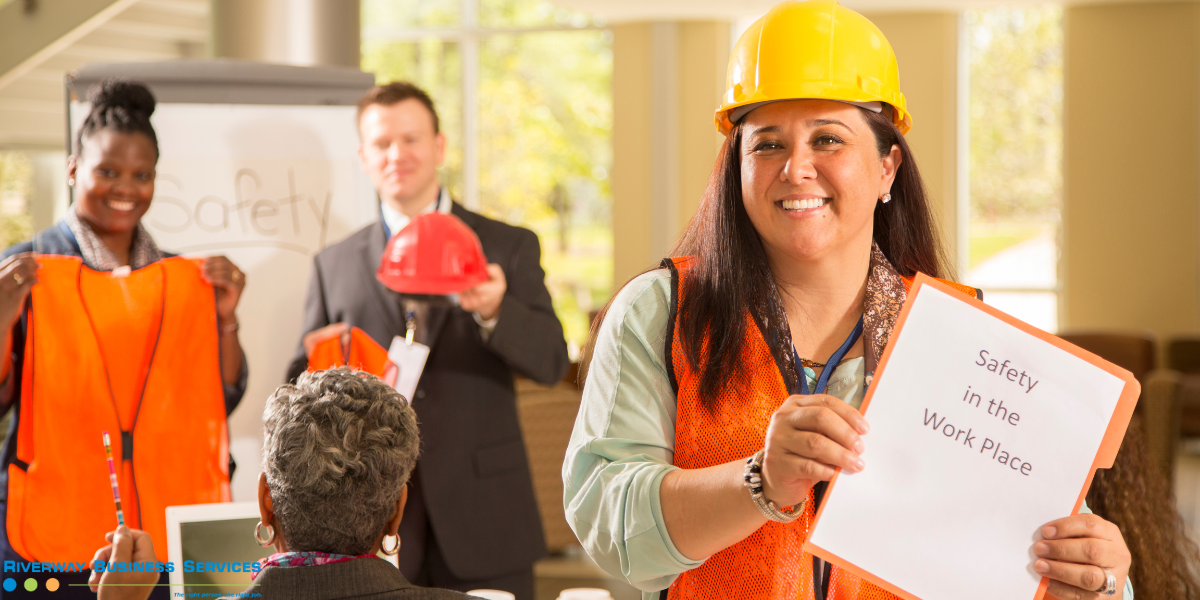Essential Safety Guidelines for Every Workplace
Maintaining a safe work environment is crucial for the well-being of employees and the overall success of any business. Regardless of the industry, implementing comprehensive safety guidelines can prevent accidents, boost productivity, and create a positive work culture. Here are some essential safety guidelines that every workplace should follow to ensure a safe and healthy environment for all employees.
Prioritize Safety Culture: Safety shouldn't be an afterthought. Management must actively promote a culture of safety where everyone feels empowered to identify and report hazards. Regularly communicate the importance of safety and recognize employees who prioritize safe work practices.
Train and Educate: Employees can't follow safety protocols if they don't know what they are! Provide comprehensive safety training for all employees, covering everything from emergency procedures to hazard identification specific to their job duties. Offer refresher courses and update training as procedures or regulations change.
Champion Personal Protective Equipment (PPE): PPE is essential in many workplaces, from hard hats and safety glasses in construction zones to gloves and respirators in factories. Employers must provide the right PPE for each task, ensure it fits properly, and train employees on its proper use and maintenance.
Maintain a Clean and Organized Work Environment: Clutter and disorganization are trip and fall hazards. Encourage employees to keep their work areas clean and tidy. Ensure proper storage for tools and equipment, and dispose of garbage and waste regularly. Report spills and leaks immediately for prompt cleanup.
Promote Ergonomics: Many jobs involve repetitive motions or prolonged sitting, which can lead to musculoskeletal disorders. Implement ergonomic principles in the workplace, such as providing adjustable workstations and encouraging regular breaks to stretch and move around.
Open Communication is Key: Employees should feel comfortable reporting unsafe conditions or practices without fear of reprisal. Establish clear channels for reporting hazards, and investigate all reports seriously. Address concerns promptly and take necessary corrective actions.
Regular Safety Inspections: Proactive hazard identification is crucial. Conduct regular safety inspections of the workplace to identify and address potential hazards before they cause accidents.
Emergency Preparedness: Be prepared for any situation. Develop a comprehensive emergency response plan that outlines procedures for fire, medical emergencies, and other potential threats. Conduct regular drills to ensure everyone understands their roles and responsibilities.
Creating a safe work environment is an ongoing process. By following these essential safety guidelines and fostering a culture of safety, businesses can keep their employees healthy and productive.
Ready to enhance your workplace and meet your hiring needs? Contact us today to explore how we can assist you!





